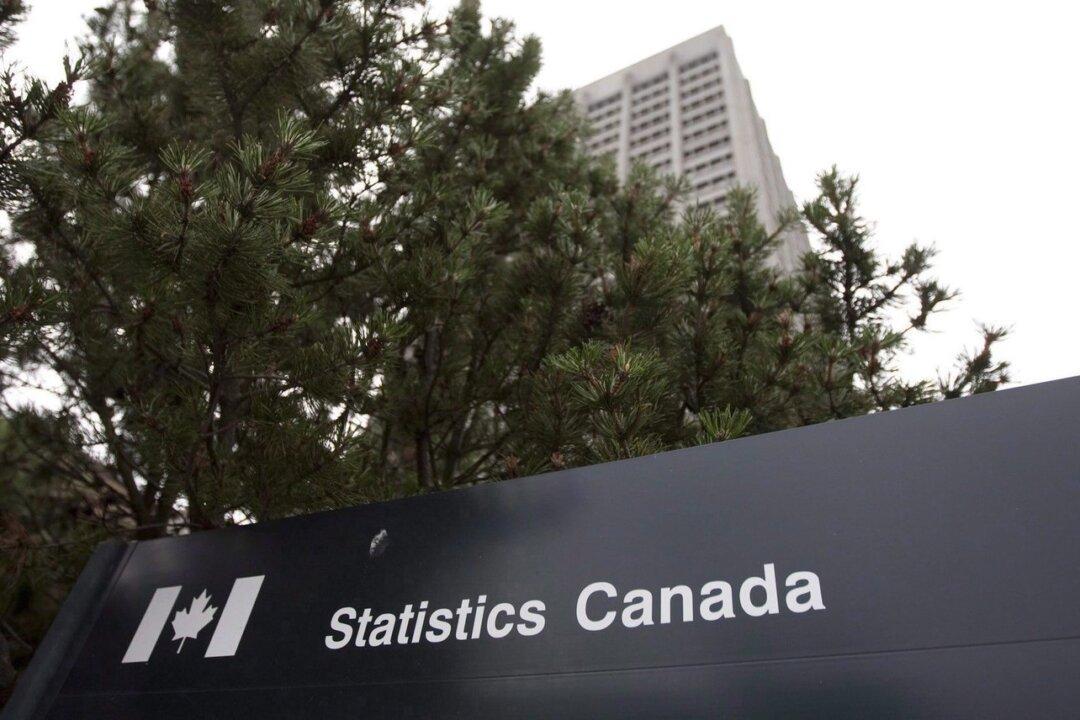OTTAWA—New models released by the federal government show a pandemic paradox is playing out in Canada as more people die from COVID-19, even as the increase in new cases slows down.
Canada’s chief public health officer Dr. Theresa Tam said the number of total cases is levelling out in several provinces.
She credits physical distancing measures meant to slow the spread of the novel coronavirus for cutting transmission rates in half over the last three weeks.
At the same time, the models show there will likely be more deaths than initially expected.
“We are seeing the tragic paradox of the epidemic playing out,” Tam said Tuesday in Ottawa.
“As the epidemic comes under control, and the growth of cases slows, the severe outcomes and deaths continue to accrue, as COVID-19 takes a heavy toll among highly susceptible populations.”
The initial case fatality rate of 2.2 per cent used for the government’s April 9 projections underestimated the number of deaths, Tam said. A large number of outbreaks in long-term care homes meant the fatality rate was actually much higher.
The government has since increased the fatality rate to 5.5 percent, and now forecasts between 3,227 and 3,883 deaths by May 5.
The fatality rate in Canada is likely to continue to fluctuate, Tam said.
“Outbreaks in long-term care and seniors’ homes are driving epidemic growth in Quebec, Ontario and Nova Scotia and are responsible for the majority of all deaths in Canada,” she said.
The greatest challenges are currently in Ontario and Quebec, which account for about 80 percent of cases in Canada.
The good news is the spread is slowing drastically. Earlier in the pandemic, each infected person was statistically likely to infect 2.19 people. Distancing measures have reduced the rate of transmission so that infected people now infect only one.
The goal is to make sure infected people don’t pass the virus on to anyone.
Canada’s case count has increased more slowly than most countries. Three weeks ago, when the government first presented its projections for the virus, the number of cases in Canada was doubling every three to five days. Today, it takes closer to 16 days to double.
That has Canada tracking along the best-case scenario in the government’s long-term model, although Tam warned it is less reliable because it is based on projections rather than real data.
According to that model, Canada can expect between 4,000 and 44,000 deaths if less than 10 percent of the population becomes infected.
Those projections have not been updated to reflect the high rate of fatality seen in the last few weeks, however. And Tam warned that fatality rate could climb higher still.
“Until the epidemic is over you actually don’t know the true case-fatality rate,” she explained.
What ultimately happens will depend largely on how the epidemic plays out in long-term care homes, Tam said.
In the best-care scenario, the first wave across Canada would come under control before autumn.
Prime Minister Justin Trudeau said the measures put in place to slow the spread of the virus are working, but warned Canada is not out of the woods yet.
“We’re in the middle of the most serious public health emergency Canada has ever seen and if we lift measures too quickly, we might lose the progress we’ve made,” Trudeau said Tuesday at his regular briefing outside his residence at Rideau Cottage.
He said everyone needs to be very careful to protect themselves and the most vulnerable, like those in long-term care homes.
“How many new cases there are, how many losses we have to mourn, whether our hospitals can continue to cope. It’s all up to all of us,” he said.





